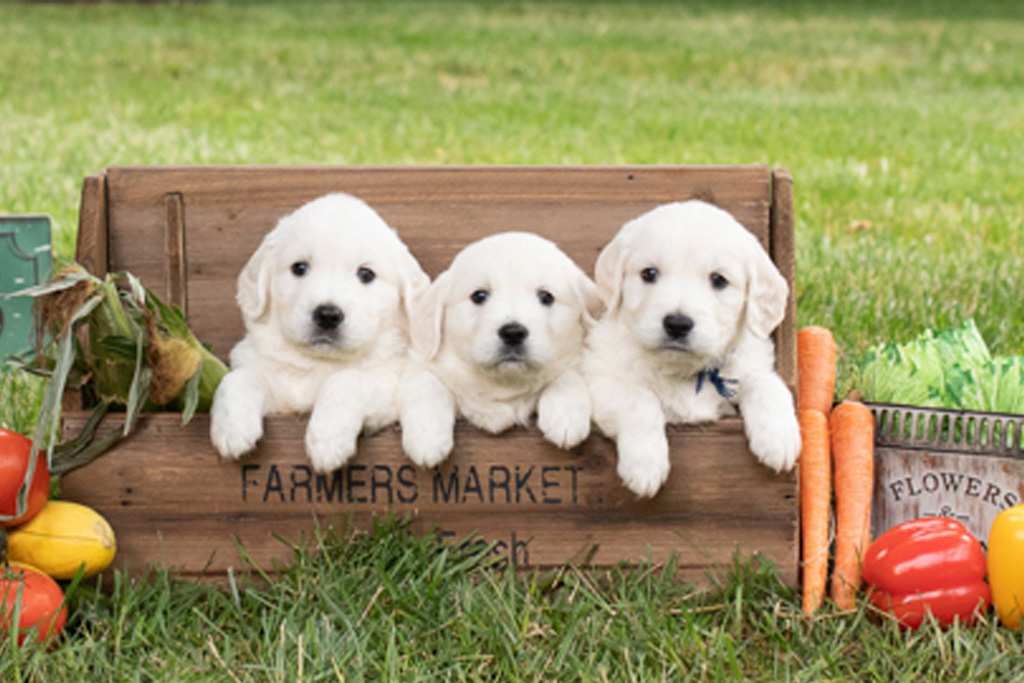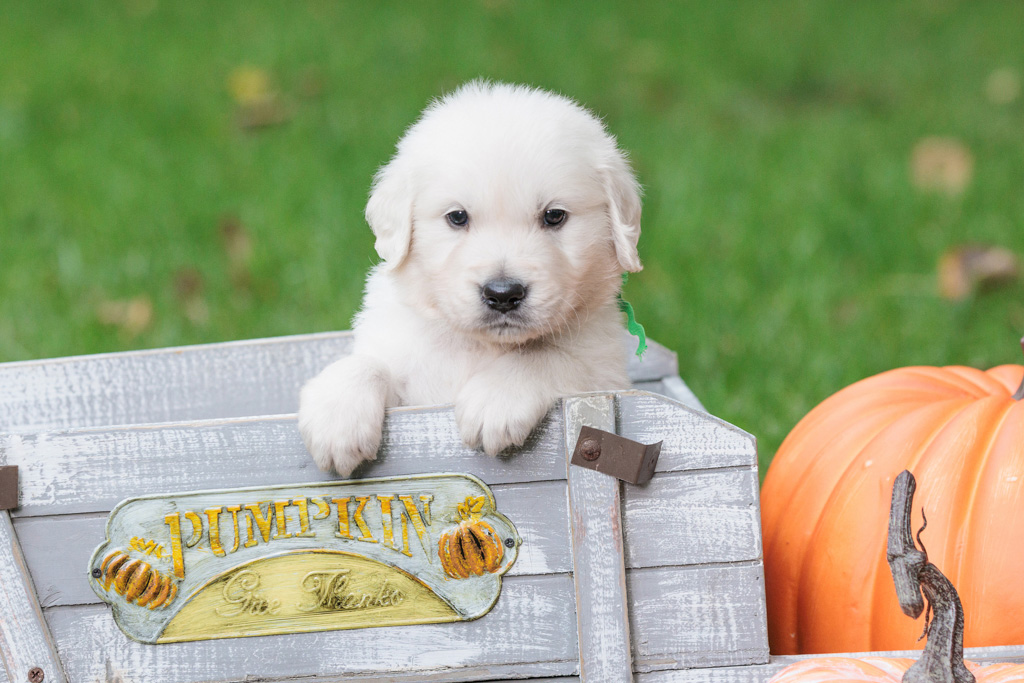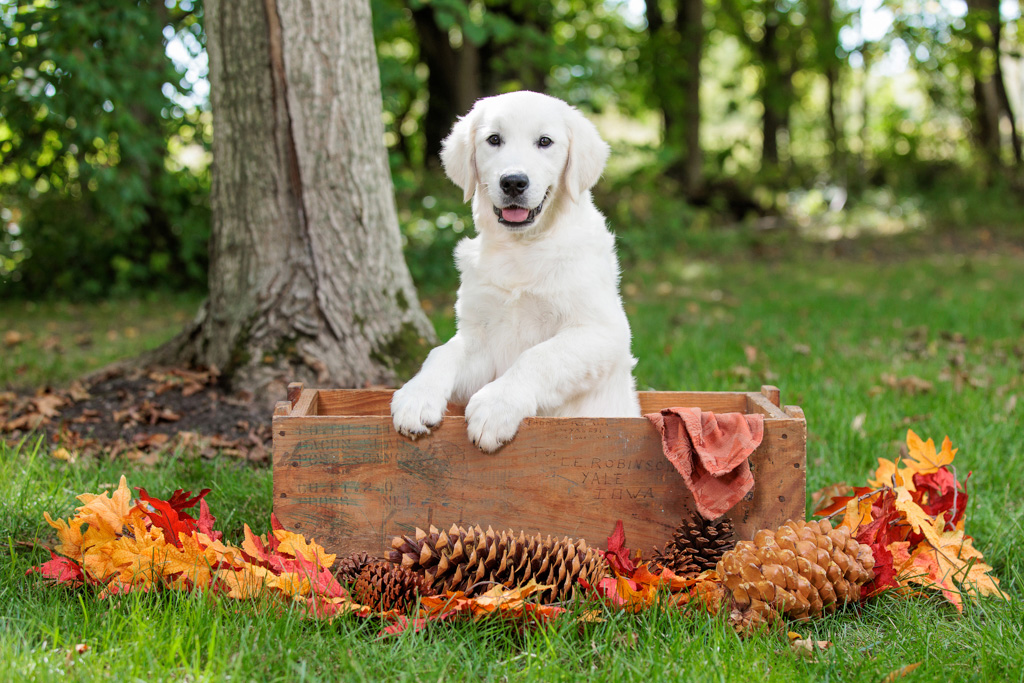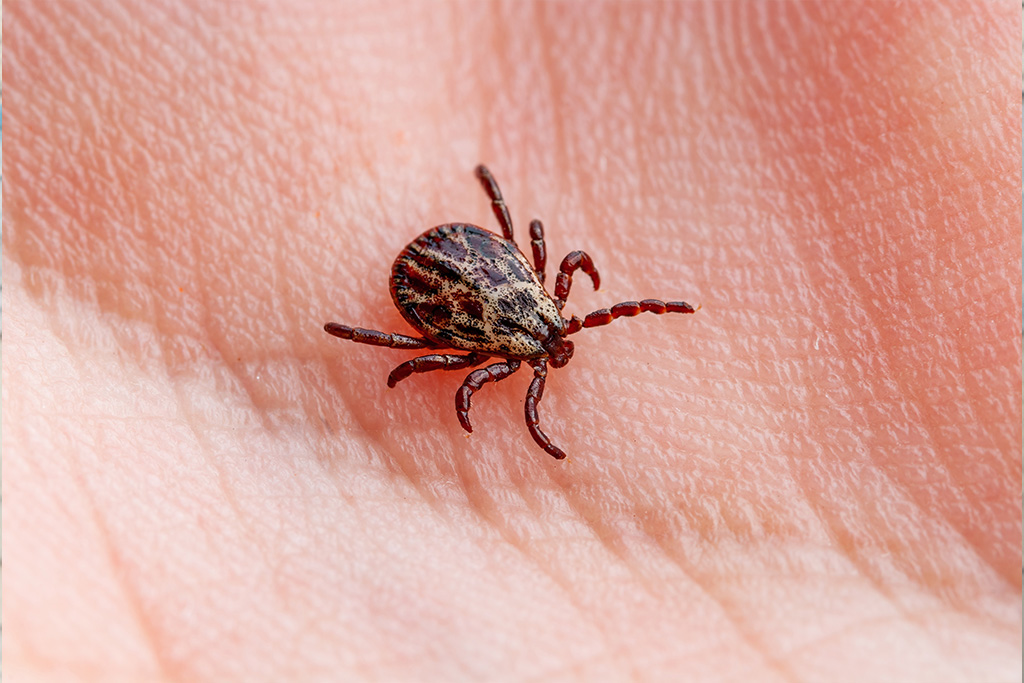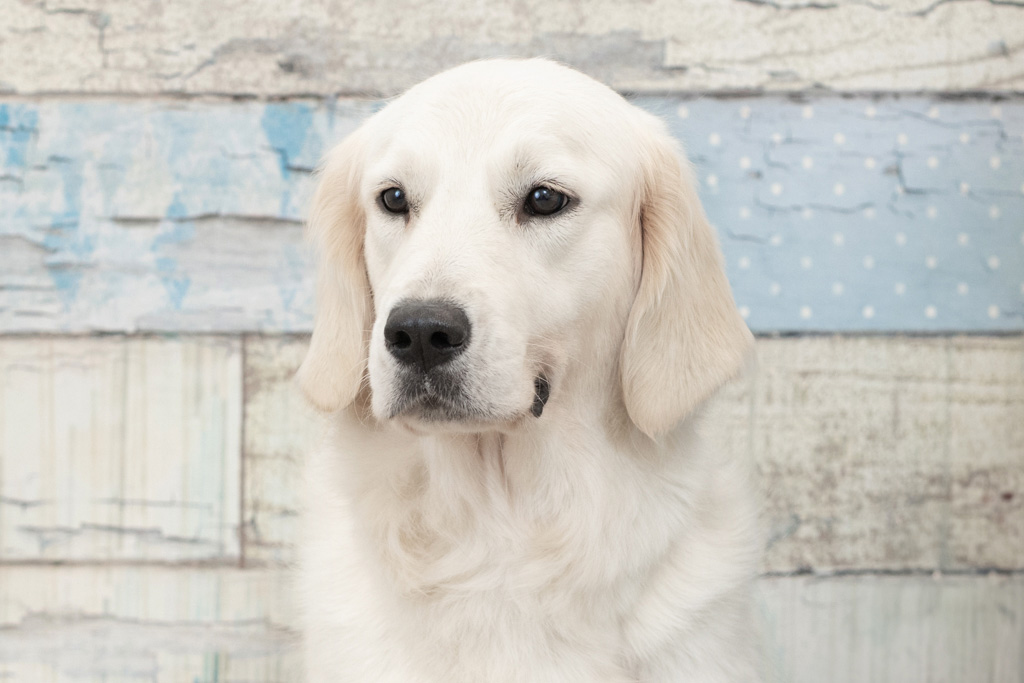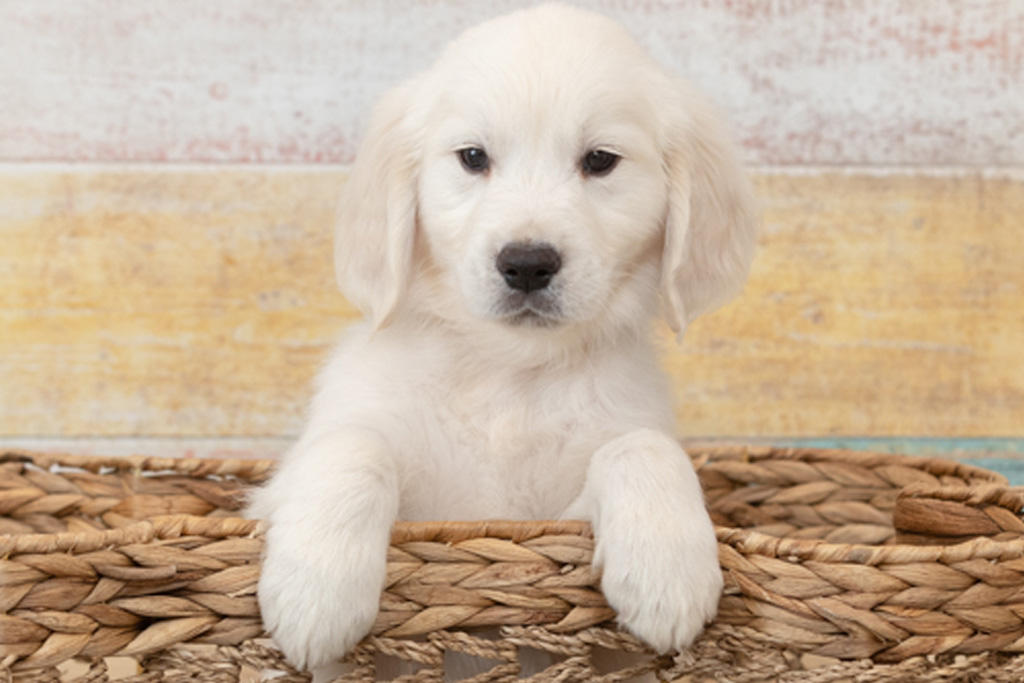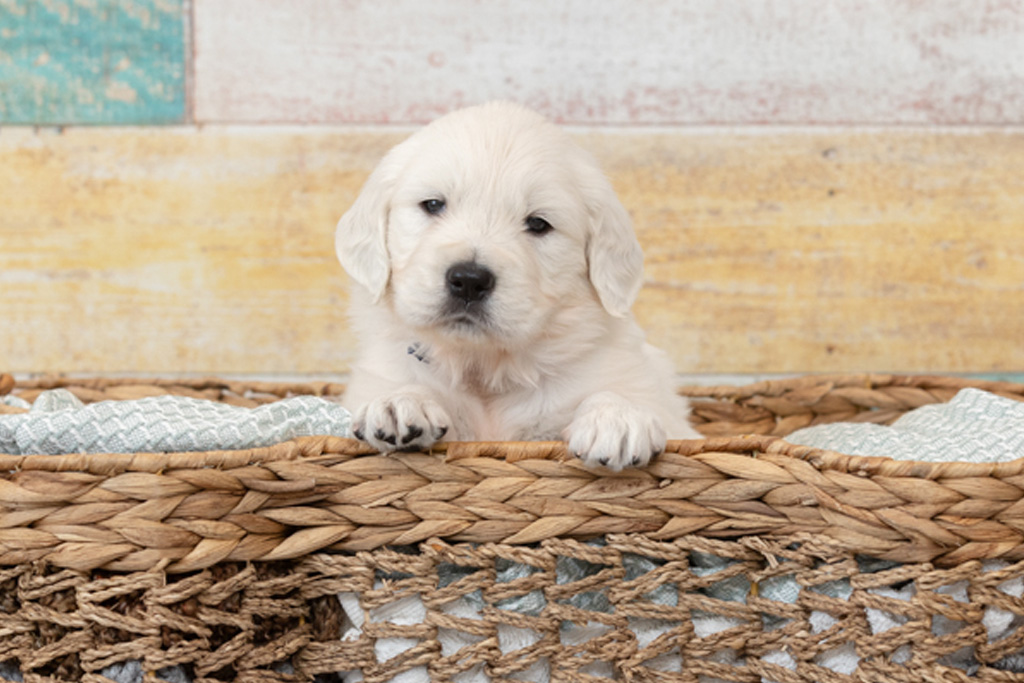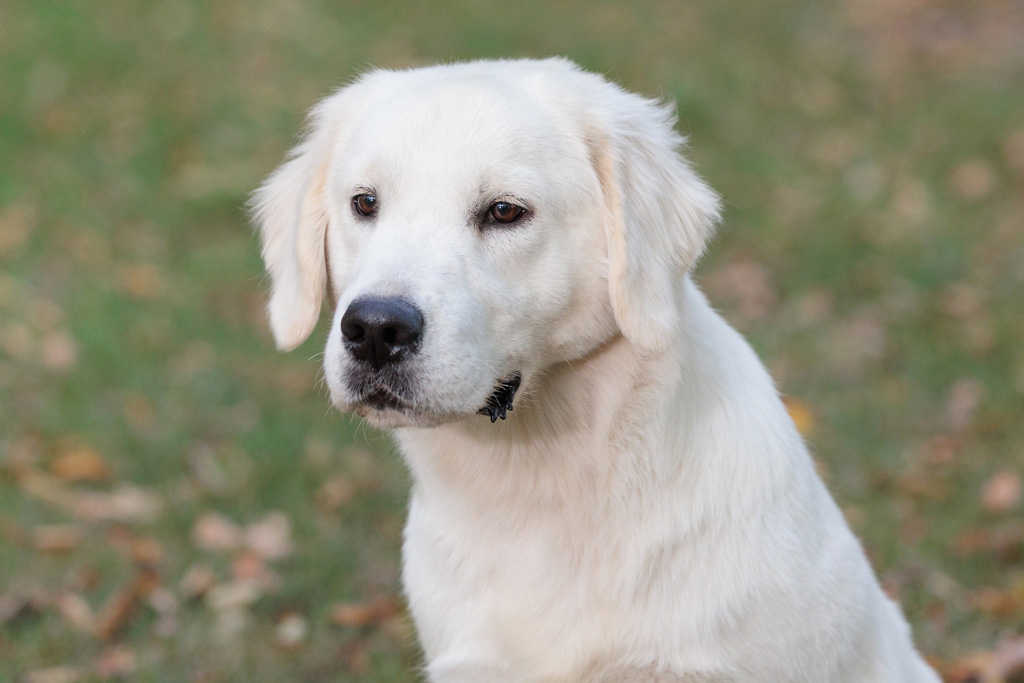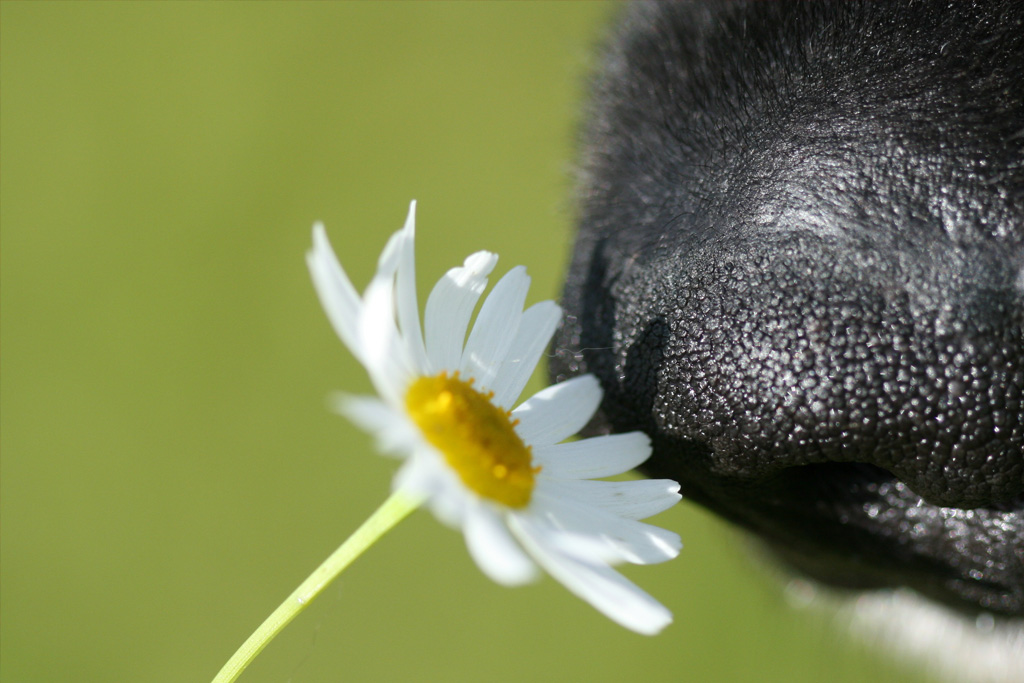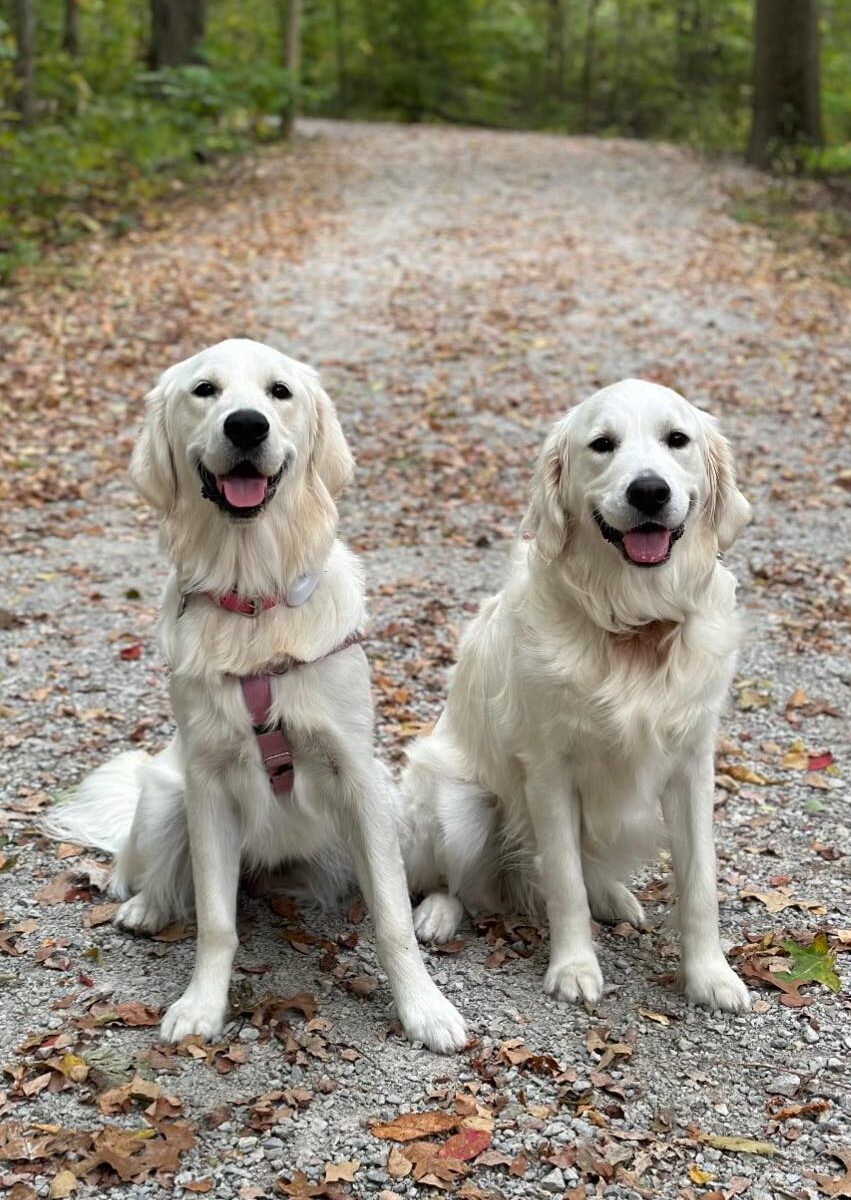Welcoming a new puppy into your home is an exciting time. It’s filled with joy, anticipation, and plenty of puppy cuddles.
But it also comes with responsibilities. One of the most important is ensuring your pet’s safety.
This guide is designed to help new owners of English Cream Golden Retrievers. It provides practical pet safety tips to create a nurturing and safe environment for your furry friend.
From puppy-proofing your home to understanding your pet’s specific needs, we’ve got you covered. We’ll delve into topics like nutrition, exercise, socialization, and even holiday-specific safety tips.
Our goal is to make this journey easier for you. We want to equip you with the knowledge you need to raise a happy, healthy, and safe pet.
So, let’s embark on this exciting journey together. Your adventure in pet ownership is just beginning.
Understanding Your English Cream Golden Retriever’s Needs
English Cream Golden Retrievers are unique and gentle pets. They require specific attention to flourish in your home.
Firstly, ensure they have enough space. This breed needs room to move and explore. It’s essential for their physical and mental health.
Secondly, they have social temperaments. Interaction with family members and other pets is crucial. This helps prevent loneliness and stress.
Lastly, grooming is a vital part of their care. Regular brushing keeps their coat healthy and free of mats. It also provides an opportunity to check for any skin issues or ticks.
Puppy-Proofing Your Home
Creating a safe space for your new puppy is crucial. Start by examining your home for potential hazards.
Consider removing small items that can be swallowed. Puppies love to chew, and small objects pose a choking risk.
Address electrical cords to prevent accidents. Keep them out of reach or use covers.
Toxic substances need to be stored securely. This includes cleaning products, medications, and certain plants.
Here’s a quick checklist for puppy-proofing:
- Lock away chemicals and medications.
- Use baby gates to block off unsafe areas.
- Keep trash cans secured or out of reach.
- Store small items like toys and coins safely.
- Ensure houseplants are non-toxic to pets.
The Essentials of Pet-Proofing for Household Safety
Pet-proofing goes beyond basic hazard removal. It ensures your home is a haven for your puppy.
Start with securing cabinets. Use child-proof locks to prevent curious paws from exploring dangerous items.
Check your flooring for slips. Rugs can help prevent falls and provide comfort for your growing pup.
Secure windows and balconies. Falling can cause serious injury, so install screens and barriers.
Implement a feeding routine in a safe area. Avoid locations with high foot traffic to ensure safety.
Key pet-proofing essentials include:
- Child-proof locks on cabinets.
- Nonslip mats or rugs to prevent accidents.
- Secure window screens and balcony gates.
- Quiet, low-traffic spots for feeding.
- Regular checks for loose or breakable items.
Crate Training for Comfort and Safety
Crate training can be highly beneficial for your English Cream Golden Retriever. It provides a sense of safety and security.
Begin by choosing an appropriately-sized crate. It should be large enough for your puppy to stand, turn, and lie down comfortably.
Introduce the crate as a positive space. Use treats and praise to encourage your puppy to enter willingly.
Consistency is key. Use the crate regularly for naps and nighttime, gradually increasing the time spent inside.
Regular Veterinary Check-Ups and Vaccinations
Regular vet visits are crucial for your puppy’s health. Schedule a check-up every six months.
These visits help in early detection of potential health issues. Your vet will also guide you on necessary vaccinations.
Vaccinations protect your puppy from various diseases. Ensure they complete the full vaccination schedule for optimal protection.
Don’t overlook dental health during check-ups. Discuss dental care with your vet to prevent gum disease.
Nutrition and Exercise: Building Blocks of Health
Ensuring a balanced diet is key to your English Cream Golden Retriever’s well-being. Consult your vet to establish a suitable diet plan.
Opt for high-quality, age-appropriate dog food for optimal health. There are a lot of pet health tips on the internet, but there is no substitute for veterinarian care.
Incorporate a mix of proteins, carbohydrates, and fats. Avoid feeding them human foods, especially chocolate and xylitol.
Exercise plays an essential role in maintaining a healthy weight. Aim for regular walks and playtime tailored to your puppy’s energy level.
Here are important points to consider for their exercise routine:
- Include a mix of walks and play sessions.
- Avoid over-exertion to prevent joint issues.
- Provide mental stimulation with interactive toys.
Monitor their weight consistently. Managing their diet and exercise helps prevent obesity-related health problems.
Socialization and Training: Keys to Good Behavior
Introducing your puppy to various environments is crucial for proper socialization. Early exposure prevents future behavioral issues.
Consistency is fundamental in training sessions. Establish a routine that incorporates commands and positive reinforcement methods.
Be patient during training. English Cream Golden Retrievers respond well to encouragement and treats.
Enroll in puppy training classes. These classes provide structured learning and opportunities to interact with other dogs.
Consider the following key points for effective socialization and training:
- Start training from an early age.
- Use positive reinforcement techniques.
- Gradually introduce them to new people and pets.
Regular social interaction nurtures your puppy’s confidence. A well-socialized puppy is more adaptable and happy, making them an excellent companion in any setting.
Choosing Safe Toys and Preventing Choking Hazards
Select toys made from durable, non-toxic materials. Check for any small parts that could be easily torn off.
Avoid toys with strings or ribbons. These can become choking hazards if swallowed by your curious puppy.
Regularly inspect your puppy’s toys for wear and tear. Replace any damaged items to prevent accidents.
Providing appropriate toys keeps your puppy entertained and safe. It’s key to their physical and mental health.
Outdoor and Seasonal Pet Care Tips Tips
Spending time outdoors with your puppy is essential, but safety comes first. Always use a secure collar and leash during walks.
Be aware of seasonal hazards like heat and cold. Hot pavement can burn paws, while cold weather can cause hypothermia.
Provide access to shade and water during hot days. Never leave your puppy unattended in a parked car.
Winter brings its own challenges. Avoid antifreeze, which is toxic if ingested. Keep your puppy dry and warm in cold weather.
Here’s a checklist for seasonal safety:
- Ensure proper hydration during all seasons.
- Schedule walks during cooler parts of the day in summer.
- Use booties to protect paws from extreme temperatures.
- Monitor your puppy for signs of heatstroke or frostbite.
Always supervise outdoor activities. This protects your puppy from potential dangers and ensures a fun, safe experience.
Fire Safety and Emergency Preparedness
Fire safety is crucial in any pet safety guide. Begin by securing all electrical cords and using flameless candles.
Ensure your English Cream Golden Retriever has an ID tag and is microchipped. This helps in emergencies.
Create a pet emergency kit. Stock it with essentials, including food, water, and a first aid kit.
Here’s a basic emergency checklist:
- Keep leashes near exits.
- Display pet rescue alert stickers on windows.
- Plan an evacuation route that includes your pets.
- Regularly test smoke detectors in your home.
Planning ahead makes a significant difference. Practice fire drills with your puppy to familiarize them with the evacuation plan.
Special Considerations: Holidays and Travel Animal Care Tips
Holidays can pose unique challenges for pet safety. For instance, the 4th of July pet safety tips include keeping puppies calm during fireworks. Create a quiet space where your English Cream Golden Retriever feels secure.
Traveling with pets requires planning. Ensure you have proper restraints for car journeys. A secure carrier or pet seatbelt keeps your pup safe during travel.
During holidays, be mindful of changes in routine that can stress your puppy. Stick to familiar feeding and play schedules to maintain their comfort and security.
Conclusion: Creating a Safe and Loving Environment
Caring for an English Cream Golden Retriever involves dedication to safety and love. By following these pet safety tips, you are ensuring a happy and healthy life for your new companion.
Remember, understanding your puppy’s needs, both physical and emotional, builds a strong bond. This connection is key to raising a well-adjusted dog.
Stay patient and proactive in your care approach. With consistent effort, your home becomes a secure and nurturing environment where your puppy can thrive.
